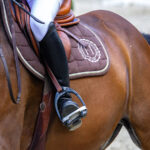How do you choose the right headcollar or halter for your horse? A headcollar or halter is the most used item when handling these majestic animals but also establishes their safety and comfort.
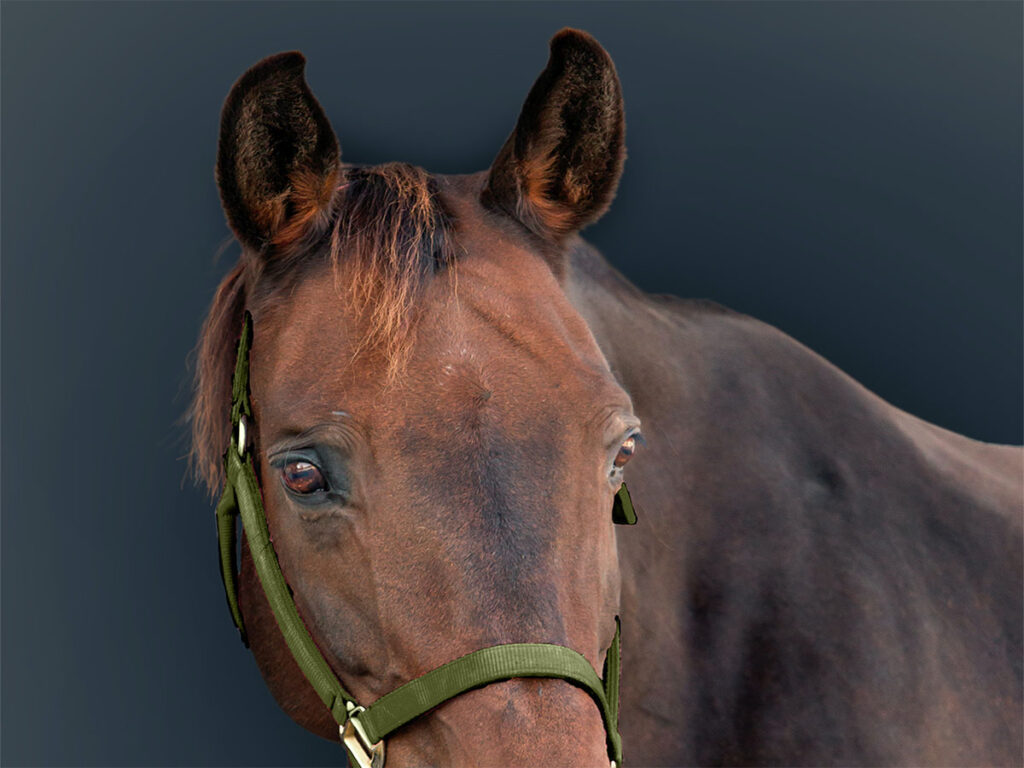
We will aim to cover the best horse headcollars and halters, the safety of leather headcollars, the best headcollar for travelling with horses, whether or not to leave a headcollar on a horse, what a field-safe headcollar is, the benefits of leather halters over nylon halters, how to choose a halter, the most comfortable halter for horses, and the safest halter for horses.
Best Horse Headcollars and Halters
Headcollars are an essential piece of equipment and accessory for any horse owner. They allow you to control your horse safely and effectively.
Headcollars and Halters are regularly used for leading, securing, and grooming your horse. Factors to consider when choosing a headcollar or halter are elements such as safety, comfort, and durability.
When choosing a headcollar, it’s important to consider factors such as durability, comfort, and ease of use. Some headcollars and halters are designed to avoid pressure points and fit primarily for comfort around the horse’s head. Other headcollar and halter options may be solely focused on using high-quality materials for durability and longevity.
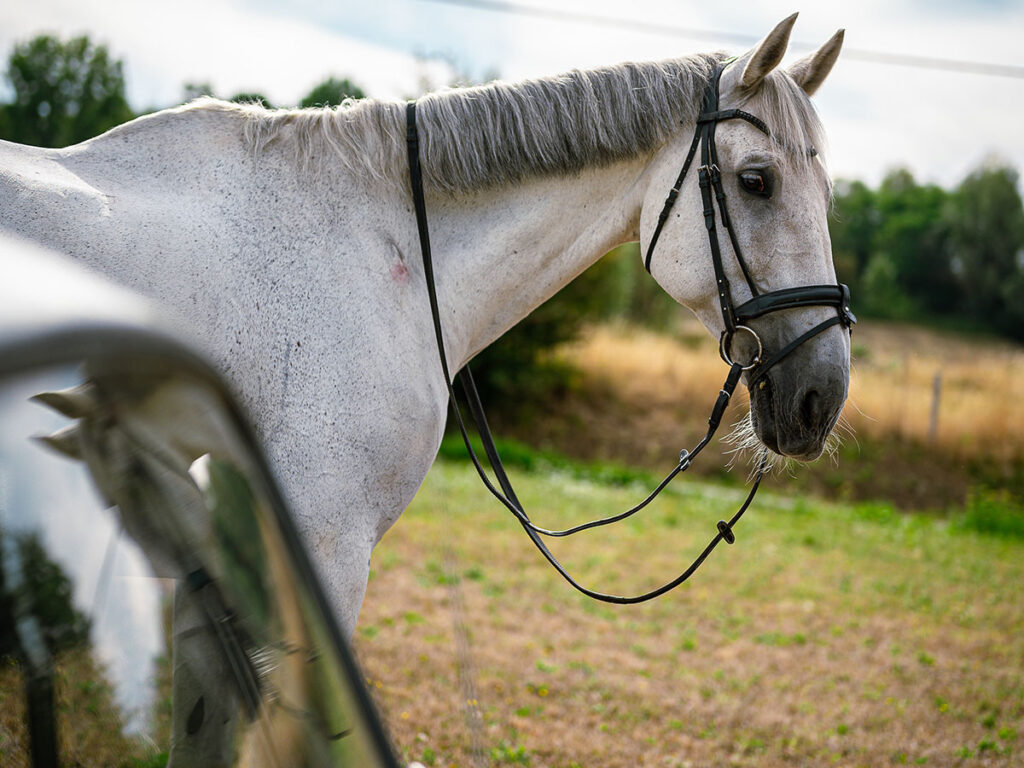
Leather is often a popular choice due to its durability and adjustability. Breakaway Halters and Headcollars are also designed with safety in mind, with a breakaway feature that releases under pressure to prevent injury.
When making the right choice it comes down to the requirements for you and your horse, along with your budget options.
How Do I Choose a Halter or Headcollar?
There are several factors to consider when choosing a halter or headcollar. These include safety, durability, comfort, and fit.
Hunt for a halter that is well-made with high-quality materials, and is adjustable to ensure a comfortable and secure fit for your horse.
The main thing to consider is the intended use of the halter or headcollar, as different situations may require different features or functionality.
Factors and tips to consider when choosing a halter or headcollar;
- Material: Halters can be made from various materials, including nylon, leather, rope, and synthetic materials. Consider the material’s durability, strength, and comfort.
- Size: Halters come in different sizes, and it’s essential to select the right size for your horse to avoid discomfort or injury.
- Style: There are several styles of halters available, including flat halters, rope halters, and breakaway halters. The style chosen should depend on the horse’s training, purpose, and temperament.
- Purpose: Consider what you will be using the halter for. If you plan to use it for leading and tying the horse, choose a sturdy halter. If you plan to use it for training, choose a halter with additional features like rings or clips.
- Measure your horse’s head: Measure the horse’s head and compare it to the halter size chart to ensure a proper fit.
- Consider the horse’s temperament: Some horses may be more comfortable with a certain type of halter, so consider their temperament when selecting the halter style.
- Consider the horse’s purpose: The horse’s purpose can influence the type of halter chosen. A show halter may be different from a halter used for everyday activities.
- Ask for recommendations: Ask your trainer, veterinarian, or experienced horse owners for recommendations on the best halter for your horse.
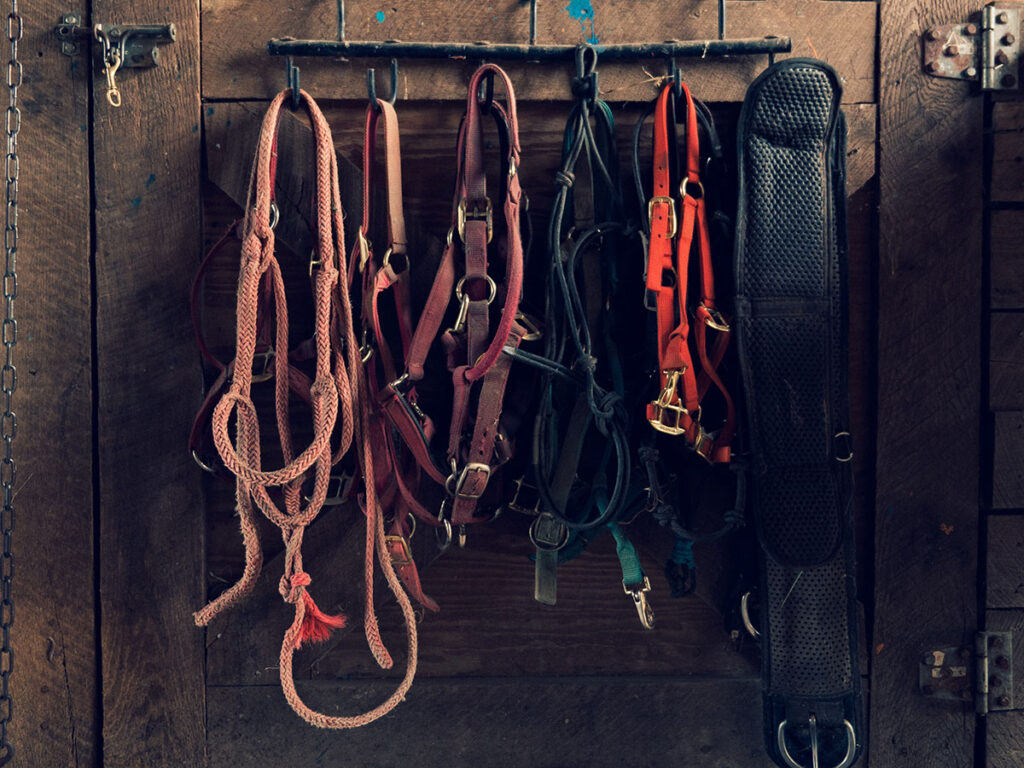
Best Head Collar for a Travelling Horse
Not everyone decides to change their headcollar choice when travelling, it is a personal and safety preference.
An effective travelling headcollar should be comfortable, secure, and easy to use. Some equestrians opt for a breakaway collar when travelling for safety purposes if an accident were to occur however there is consistent debate on if that is the safest option for your horse.
Should You Leave a Headcollar on a Horse?
The overall consensus is to not leave a headcollar or halter on a horse while in the stable or grazing in the field. It may seem convenient to leave the headcollar or halter on, especially if your horse is difficult to catch however it can be dangerous.
There are options now for field-safe headcollars, however, It is always best to not take the risk. If your horse were to get caught on something while wearing a headcollar or halter, it could result in serious injury. Horses can easily get their headcollars caught on fence posts, branches, or other objects, causing panic and potential injury. Additionally, a headcollar left on for too long can cause rubs or chafing on the horse’s skin.
With the cost of Vet bills especially for Horses it seems wise to avoid any actions that may result in the harm or discomfort of your horse.

What Is a Field Safe Headcollar?
A field-safe headcollar is a type of headcollar designed with safety as the main focus. It could be considered the safest Halter for a Horse. It typically has a breakaway feature that has a quick-release mechanism that will automatically release under tension, allowing the horse to free itself if it becomes caught on something when out glazing in the field or paddock.
Field-safe headcollars are often used in turnout situations with a horse that is difficult to catch and can be left unattended for extended periods with the headcollar left on.
Some field-safe headcollars also feature reflective strips or other high-visibility features for added safety in low-light conditions. It may be wise to invest in this type of headcollar or halter if these elements are a requirement or concern for you.
Are Leather Headcollars Safer?
Leather headcollars are a popular choice among horse owners due to their durability and classic look. However, they also have safety benefits that make them a superior choice over other materials.
Leather headcollars have long been thought of as the safest option for horses. There is always debate on this topic, many equestrians believe that leather headcollars are safer than nylon headcollars. This is because leather is less likely to break or fray under pressure, reducing the risk of injury.
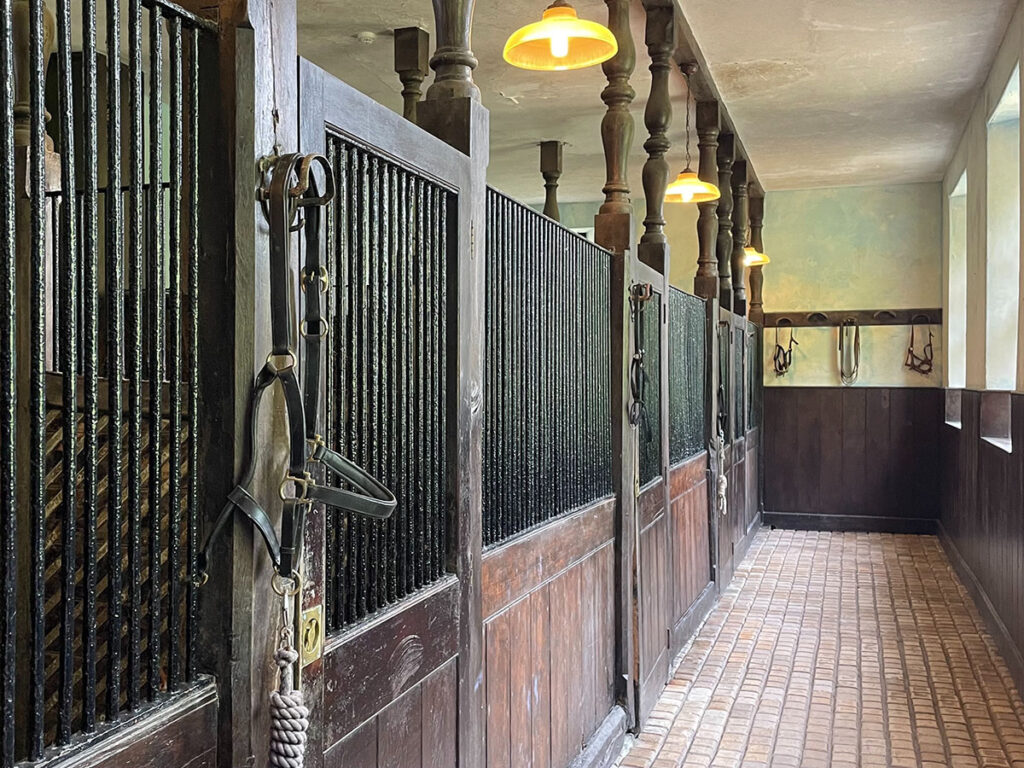
Why Is Leather Halter Better Than Nylon Halter?
Leather and nylon halters both have their benefits, many equestrians believe that leather halters are the better option. Leather halters are considered more durable than nylon halters if cared for correctly, and less likely to break or fray under pressure.
Nylon headcollars, on the other hand, are less durable and more likely to break or stretch under pressure. They can also cause more friction and rubbing on the horse’s skin, leading to discomfort and potential injuries.
It is believed leather options are also more comfortable as they conform to the shape of the horse’s head over time. Many leather options also have padded nosebands and headpieces for added comfort, and don’t generally rub to the same extent as other headcollars and halters.
Although leather halters can be more expensive than nylon halters, they are an investment that will last for years with proper maintenance.
So, if you’re looking for a halter that is both functional and fashionable, a leather halter might be the perfect choice for you and your horse.

Investing in the best headcollar or halter for you and your horse comes down to you and your horse’s specific requirements. There are countless options available in the market to suit your horse’s needs. By picking the right headcollar or halter, you can make sure your horse is safe and comfortable during any activity.
Selecting the right head collar or halter for your horse is an important decision that should not be taken lightly. With so many options available in the market, it can be overwhelming to determine which one is best for your horse’s needs and preferences. However, by considering the factors discussed in this article, you can make an informed decision that will benefit both you and your horse.
Whether you are looking for a halter for everyday use, training, or competitions, it is essential to prioritise safety, comfort, and durability.
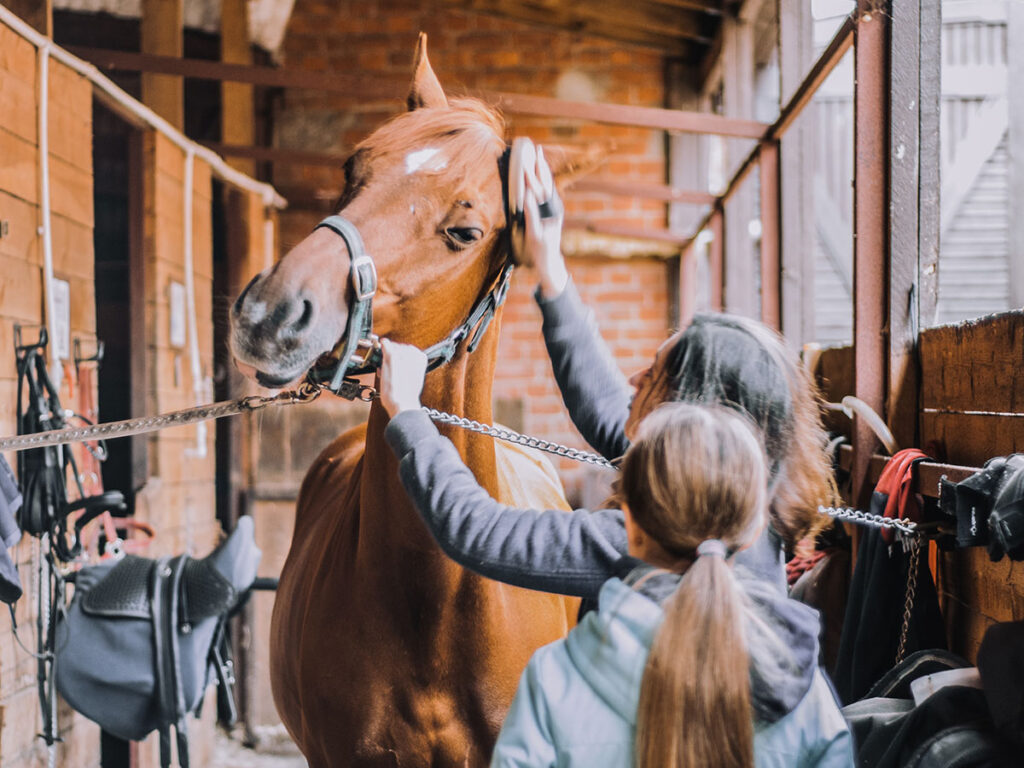
Nylon and leather halters are the most popular options, each with its unique benefits and drawbacks. Additionally, different styles, such as the rope halter, have also gained popularity in recent years due to their effectiveness in training and natural horsemanship.
When it comes to head collars, the combination of functionality and design is crucial. Features such as padded nosebands, reflective strips, and adjustable headpieces make for an effective and safe headcollar.
Ultimately, the best head collar or halter for your horse will depend on your specific needs and the preferences of your horse. Remember, the right head collar or halter can make all the difference in your horse’s safety, comfort, and therefore ultimately their performance.


